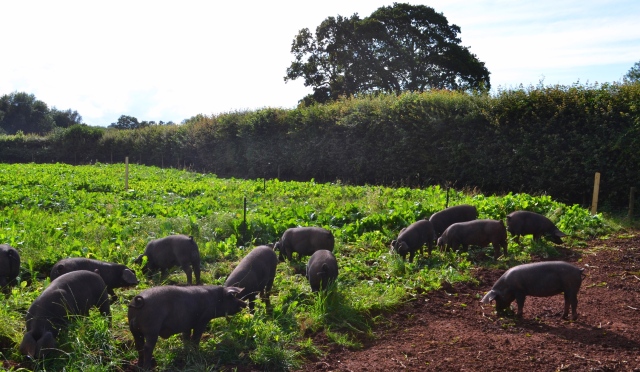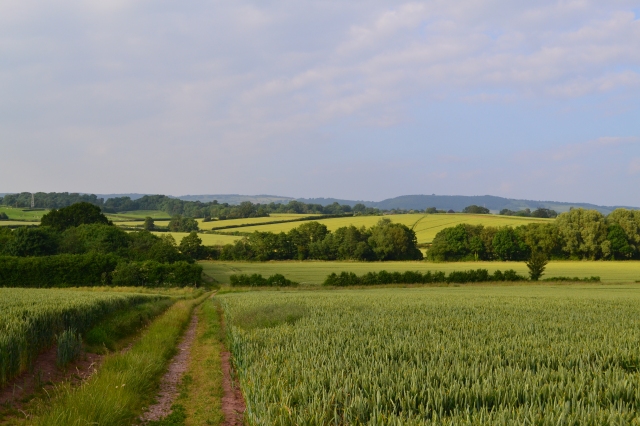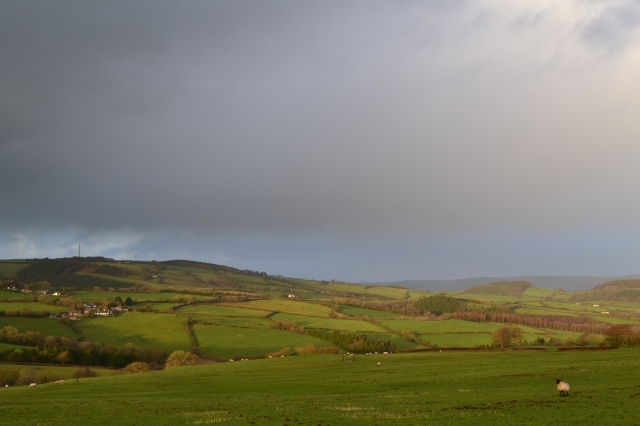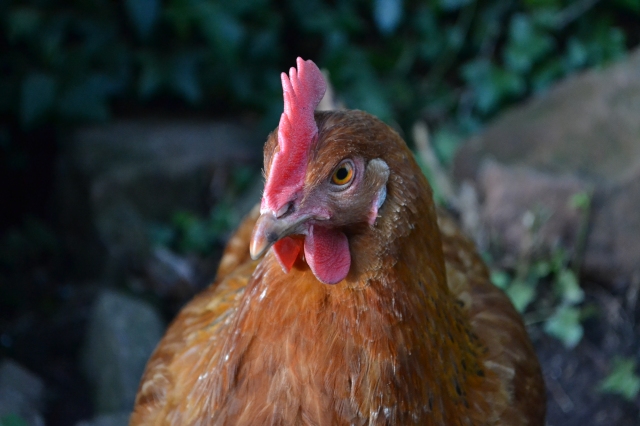As African swine fever continues to spread westwards from Russia, UK pig keepers are becoming understandably concerned by the threat that the disease poses to the domestic pig industry.
African swine fever (ASF) is a particularly nasty disease and whilst it does not pose a threat to human health, infected pigs suffer from abortion, vomiting, diarrhoea and, in the majority of cases, death.
It is highly contagious and can be spread amongst pigs by direct animal-to-animal contact, animals coming into contact with infected faeces and via the consumption of infected meat products.
As a notefiable disease, an outbreak of ASF would necessitate whole scale culling of animals and the closure of the UK’s lucrative pig export markets.
With the UK carrying out such high levels of trade with other European nations, it is particularly susceptible to the disease being transmitted to pig farms via the transfer of infected animal faeces on trailers or through the import of infected animals, be it via legal or illegal movement channels.
Having recently interviewed a number of people involved in the pig industry (ranging from first time farmers to managers of large pig production companies), what became abundantly clear was the crucial role that on site bio-security measures would play in ensuring that ASF does not establish a ‘foothold’ in this country; irrespective of the size of one’s pig keeping setup.
(Further reading: New entrants alert to threat of African swine fever)
All of those interviewed reiterated the importance of what should be routine on site bio-security controls, such as the thorough washing of transport vehicles after livestock movements, quarantining of new animal arrivals and thorough questioning as to the previous movements of anyone visiting a site with pigs.
The National Pig Association has some fantastic advice, which is succinctly summed up on a simple awareness poster and can be downloaded directly as a Pdf or indirectly viewed on the NPA website.
The cost of an outbreak of ASF would be devastating to the domestic pig industry, with the estimated loss of revenue due to export restrictions alone amounting to over £300 million. Thousands of animals would also have to be culled, with knock on implications in terms of lost revenue, breeding lines and de-stocking.
With many pig keepers critical of the government’s approach to the disease – which seems to focus more on containing ASF once it reaches our shores, rather than stopping its arrival in the first place – there is the belief that those within the pig industry will have to bear the responsibility for preventing the disease from establishing itself in the UK, themselves.
(Further reading: African swine fever strategy concerns pig industry)
Hopefully, with increasing awareness about the disease (in large part thanks to the good work of the NPA and BPEX) pig keeper will be able to take proactive steps to combat the disease from entering their premises and prevent ASF from disrupting our highly respected pig industry.
Watch this space.






















